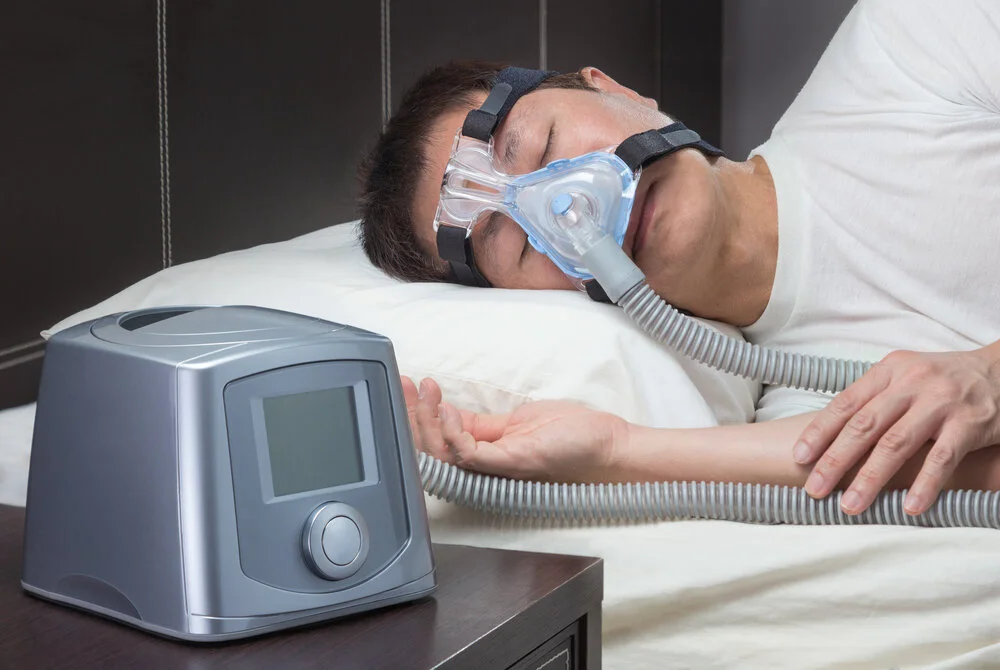Sleep Apnea Recurred Even After CPAP Therapy- Reasons
CPAP therapy is the gold standard in sleep apnea treatment and has benefited many people. Many had changed their lives when they were able to sleep without interruptions throughout the night and to wake up with energy to navigate their day. However, some patients have asked us why, despite the regular CPAP therapy as sleep apnea treatment, they are still suffering from apnea? Okay, to answer this question effectively, a couple of things have to be unpacked.
Let's begin by understanding what they mean by 'still suffering from sleep apnea'.
AHI (apnea hypopnea index) is displayed on the digital screen of several APAP devices. This score is higher than zero for many CPAP system users as shown on the screen. As a CPAP machine is used to treat your sleep apnea, it's troubling that you still have apneas at night.
A study by a consumer product firm in 2015 showed that almost 93% of people are deprived of sleep.
Furthermore, let's understand why the optimistic AHI score persists for patients with CPAP.
The fact remains that any sleep apnea therapy, whether oral or CPAP, is designed to reduce, control and not cure the apnea. The average number of four apneas per hour for most people is considered common and may differ from night and night.
Problems Patients Face Even After CPAP Therapy
First, the patient should be evaluated for proper mask fit, excessive leakage and correct pressure. This determination can be supported by existing compliance tools. In addition to these interventions, education aimed at proper use of CPAP has been demonstrated to enhance compliance in patients previously intolerant to the machine.
Accept loss of weight by diet and medication care in obese patients. In addition to weight loss, the majority of patients require other treatment, because despite substantial weight loss, most patients will have clinically significant residual OSA. Follow-up objective assessments are advised to evaluate the need for ongoing treatment after significant weight loss is achieved.
Oral equipment is a reasonable alternative to the use of CPAP, particularly in patients with mild to moderate conditions. After titration of the device, it is required to monitor the effectiveness of treatment, a qualified doctor is expected to change the device and objective examination.
Upper airways may be considered for patients who cannot handle CPAP therapy. There are minimal current data on different procedures. Therefore, further information is needed to decide what procedures other patients ' groups can benefit from.
Recent procedures such as expiratory nasal resistive devices and oral negative pressure devices could provide alternative solutions for some patients. In patients with less serious disease, these devices are more effective and significant to control residual sleep disorders in many patients.
If you have undertaken CPAP therapy for sleep apnea treatment that resulted into a failure, visit OKOA to get the right one.
**Disclaimer: The information on this page is not intended to be a doctor's advice, nor does it create any form of patient-doctor relationship.

